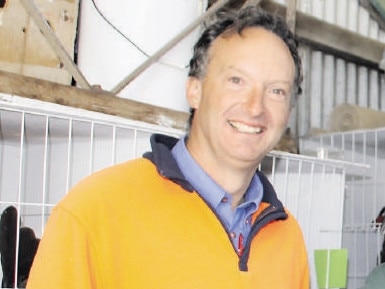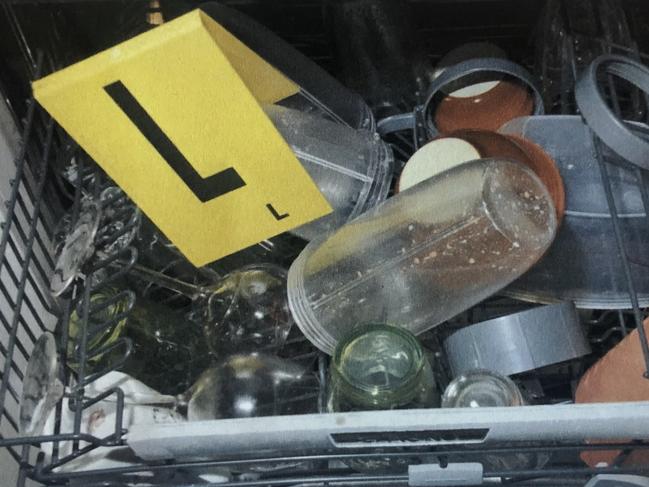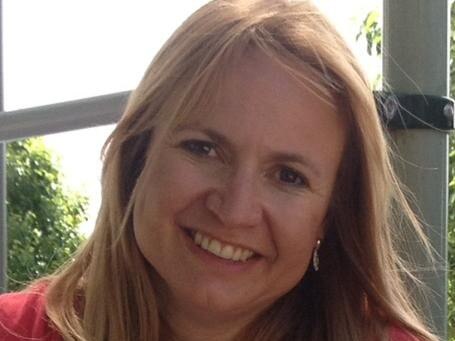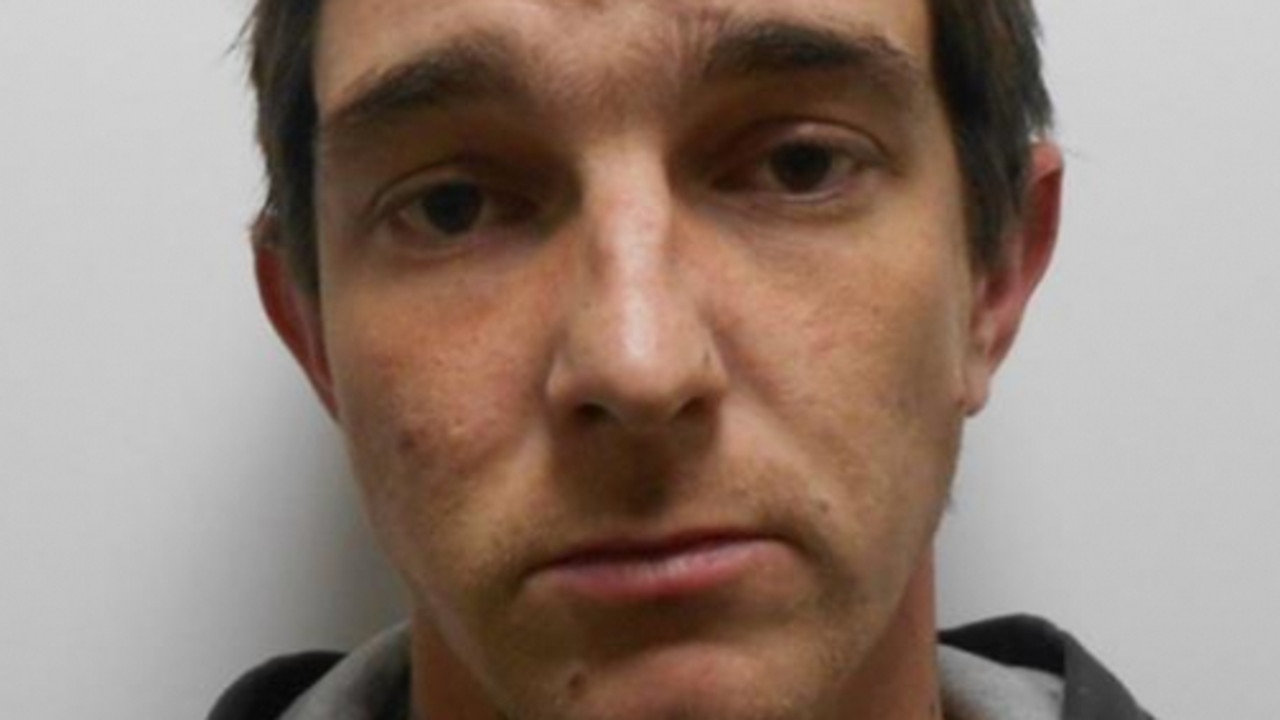Natasha Darcy missed calls from Mathew Dunbar while researching how to murder him, court told
A disturbing Google search history has been alleged in the trial of a woman accused of murdering her boyfriend in a cruel and horrific way.
NewsWire
Don't miss out on the headlines from NewsWire. Followed categories will be added to My News.
Natasha Darcy ignored two calls from her partner Mathew Dunbar as she researched how to kill him online, dialling a Supagas store to order her murder weapon one minute later, a jury has been told.
Prosecutor Brett Hatfield painted a picture of what the crown alleges Ms Darcy, 46, was doing on the afternoon of July 31, 2017, as he delivered his closing address to the jury on Thursday in the NSW Supreme Court.
At 12.12pm, he said, someone googled “helium gas tamworth” on the Mac computer in the house where Ms Darcy and Mr Dunbar lived at his $3.5m property, Pandora.

At 12.13pm and 12.14pm, phone records show missed calls from Mr Dunbar to Ms Darcy.
At 12.15pm, Mr Hatfield said, a call was made from the house landline to Supagas.
The employee who took the call had a “clear recollection of the request being specially for high purity helium and it being a female caller”.
Less than 48 hours later Mr Dunbar was dead.
The crown alleges Ms Darcy drugged him with a sedative cocktail blended in a Nutribullet before gassing him to death with a cylinder of helium in the early hours of August 2, 2017.
She has pleaded not guilty to murder and says she assisted his suicide.

In a police interview recorded in November 2017 and played to the jury, Ms Darcy denied ordering the gas point blank.
She suggested it might have been Mr Dunbar himself, telling detectives: “Mathew had a very feminine-sounding voice.”
Challenged on this, the Supagas employee told the court: “No, I am 100 per cent certain I spoke to a woman.”
Ms Darcy and Mr Dunbar together picked up the cylinder in the afternoon of August 1.
In the same police interview, Ms Darcy suggested Mr Dunbar had made the dozens and dozens of searches relating to death, suicide and murder on her phone between February 2017 and the time he died.
“Mat’s phone was really, really slow,” she said. “If he wanted to google something … he’d use mine.”
Mr Hatfield told the jury they should find otherwise.
On July 26, he said, Ms Darcy’s phone recorded searches for “murder by injection”, “inject IV to death” and “what happens if you inject hydrogen peroxide” just minutes before a text was sent to her daughter reading “feed your horses”.
“Looking at the history closely, you would assume it is the accused and not the deceased at all looking at these topics on this day,” he said.
Other searches were recorded just prior to a video and a photo snapped at a rugby match on different days, the jury was told.
Others still appeared to occur when Ms Darcy and Mr Dunbar were not together, Mr Hatfield told the court.
For instance, he said, the phone recorded searches related to suicide and again “murder by injection” at a time when she was away in Dorrigo, NSW.

Mr Dunbar’s DNA was on parts of the gas apparatus set up in his bedroom, including a white elastic band that Ms Darcy’s DNA was also found on.
Mr Hatfield told the jury that DNA was not in the crown’s view a significant part of the case.
He pointed them towards searches Ms Darcy allegedly made, such as “after suicide is house a crime scene” and “can your internet history iphone be tracked by internet provider”.
“We put to you clearly this was a person putting her mind to concealing her tracks,” he said.
“Leaving a false trail, covering things up, well capable of making sure her fingerprints or her DNA is not on one item or another.”
The trial continues.
Originally published as Natasha Darcy missed calls from Mathew Dunbar while researching how to murder him, court told



